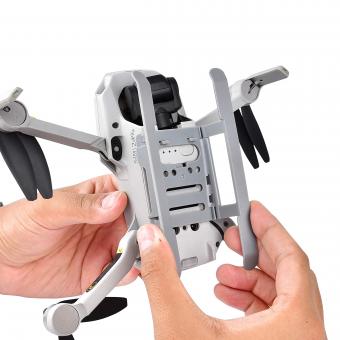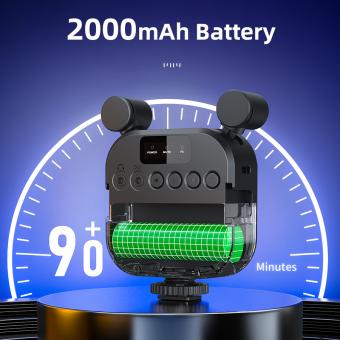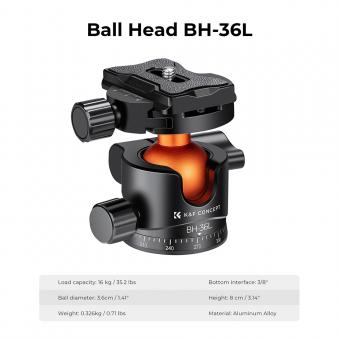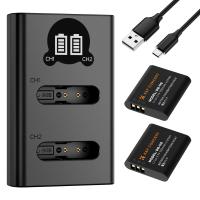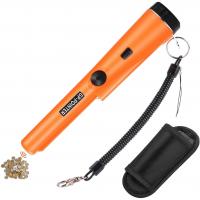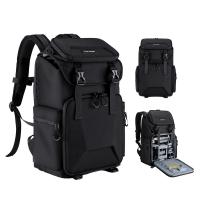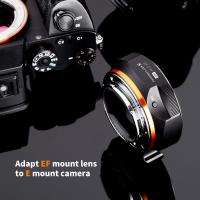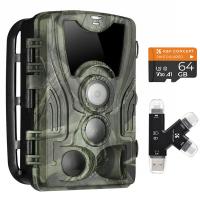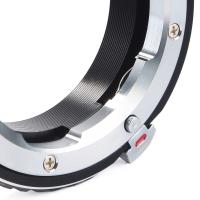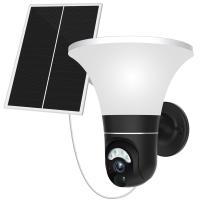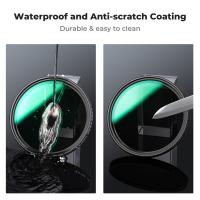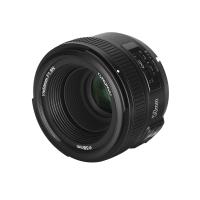How To Transfer Mini Dv Tapes Without Camcorder ?
To transfer Mini DV tapes without a camcorder, you can use a Mini DV tape deck or a Mini DV to digital converter. These devices allow you to connect your Mini DV tapes to a computer or other digital device and transfer the footage. Alternatively, you can also take your Mini DV tapes to a professional video transfer service, where they will convert the tapes into a digital format for you.
1、 Using a DV-to-USB converter for direct transfer
One way to transfer mini DV tapes without a camcorder is by using a DV-to-USB converter for direct transfer. This method allows you to connect your mini DV tape player directly to your computer via a USB port, eliminating the need for a camcorder.
To transfer the tapes, you will need a DV-to-USB converter, which can be purchased online or at electronics stores. These converters typically come with software that allows you to capture and save the video footage onto your computer.
To begin the transfer process, connect the DV-to-USB converter to your computer using a USB cable. Then, connect the mini DV tape player to the converter using the appropriate cables (usually FireWire or RCA cables). Make sure the tape player is turned on and set to playback mode.
Next, open the software that came with the converter on your computer. Follow the instructions provided by the software to capture the video footage from the mini DV tape. You may need to select the input source and adjust settings such as resolution and frame rate.
Once everything is set up, press play on the mini DV tape player and start the capture process on the software. The software will record the video footage in real-time and save it onto your computer's hard drive.
Using a DV-to-USB converter for direct transfer is a convenient and efficient method to transfer mini DV tapes without a camcorder. It allows you to preserve your precious memories and easily access them on your computer.
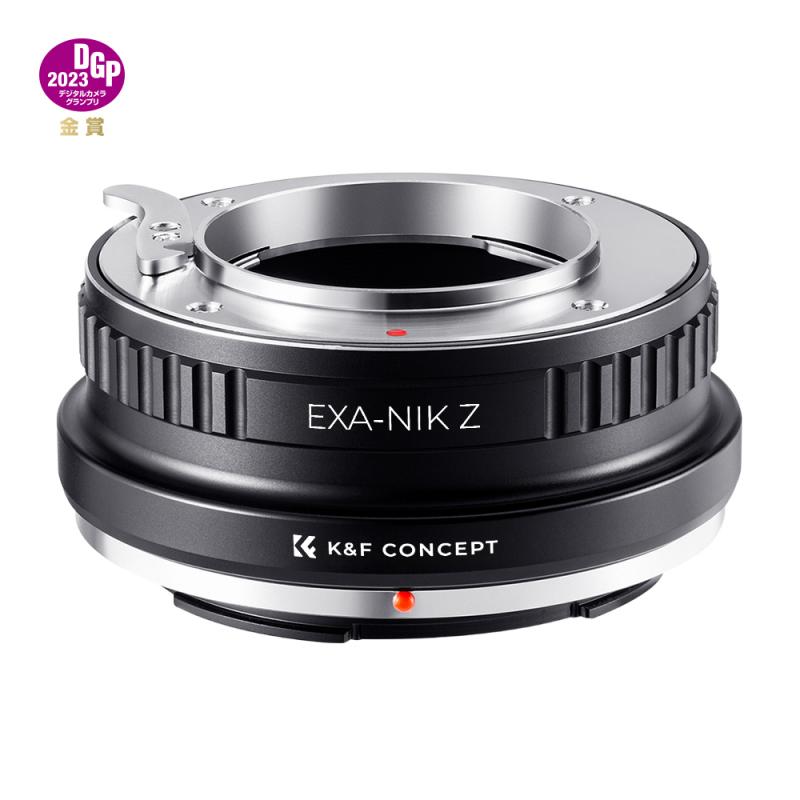
2、 Utilizing a professional video transfer service
Utilizing a professional video transfer service is the most efficient and reliable way to transfer mini DV tapes without a camcorder. These services specialize in converting various types of analog media into digital formats, ensuring the preservation and accessibility of your precious memories.
Professional video transfer services have advanced equipment and expertise to handle mini DV tapes with care. They use high-quality digitization techniques to convert the analog footage into digital files, such as MP4 or AVI, which can be easily stored, edited, and shared on modern devices.
By opting for a professional service, you can avoid the hassle of purchasing or borrowing a camcorder, as well as the potential risks of damaging or losing your tapes during the transfer process. These services have the necessary equipment to handle different tape formats and can often clean and repair damaged tapes before digitizing them.
Additionally, professional video transfer services often offer additional benefits such as color correction, noise reduction, and image stabilization. These enhancements can greatly improve the quality of your transferred footage, making it more enjoyable to watch and share with others.
It is important to choose a reputable video transfer service that has positive customer reviews and a track record of delivering high-quality results. Some services even offer options for expedited processing or online tracking of your order, ensuring a smooth and convenient experience.
In conclusion, utilizing a professional video transfer service is the most convenient and reliable method to transfer mini DV tapes without a camcorder. It ensures the preservation of your memories while providing enhanced digital files that can be easily accessed and shared on modern devices.

3、 Connecting a DV camcorder to a computer via FireWire
To transfer mini DV tapes without a camcorder, one option is to connect a DV camcorder to a computer via FireWire. This method allows you to use the camcorder as a playback device and transfer the footage directly to your computer.
First, you will need a DV camcorder that has a FireWire (also known as IEEE 1394) port. Most older camcorders have this feature, but newer models may not. Make sure your computer also has a FireWire port or else you will need to use an adapter.
Next, connect one end of the FireWire cable to the FireWire port on your camcorder and the other end to the FireWire port on your computer. Ensure that both devices are powered on.
Once the connection is established, your computer should recognize the camcorder as a video capture device. You may need to install the necessary drivers or software for your specific camcorder model. Follow the instructions provided by the manufacturer to complete the installation process.
After the installation, open your preferred video editing software or a dedicated video capture program. Use the software to control the playback of the mini DV tape on the camcorder and capture the footage onto your computer. You can usually control the playback and capture functions through the software's interface.
It's important to note that FireWire ports are becoming less common on newer computers, as USB and other connection types have become more prevalent. If your computer does not have a FireWire port, you may need to use a FireWire to USB adapter or consider alternative methods such as using a video capture card or sending the tapes to a professional transfer service.
In conclusion, connecting a DV camcorder to a computer via FireWire is a reliable method for transferring mini DV tapes without a camcorder. However, it's essential to ensure that both your camcorder and computer have the necessary ports and drivers to establish a successful connection.

4、 Using a standalone DVD recorder with DV input
One way to transfer mini DV tapes without a camcorder is by using a standalone DVD recorder with DV input. This method allows you to directly connect your mini DV camcorder to the DVD recorder and transfer the footage onto a DVD.
To begin, you will need a standalone DVD recorder that has a DV input. These recorders are specifically designed to transfer video from various sources onto DVDs. Make sure to check the specifications of the DVD recorder to ensure it has a DV input.
Next, connect your mini DV camcorder to the DVD recorder using a FireWire cable. Most mini DV camcorders have a FireWire port, also known as IEEE 1394 or i.LINK. The DV input on the DVD recorder should also be a FireWire port.
Once the connection is established, turn on both the camcorder and the DVD recorder. Set the DVD recorder to the appropriate input source, which should be the DV input. On the camcorder, cue the tape to the desired starting point.
On the DVD recorder, follow the on-screen instructions to start recording. You may need to select the recording mode, such as SP (standard play) or LP (long play), depending on the desired quality and length of the recording.
Press play on the camcorder to start playing the tape, and the DVD recorder will begin recording the footage onto a DVD. Monitor the recording process to ensure everything is being transferred correctly.
Once the transfer is complete, finalize the DVD on the recorder to make it playable on other devices. Follow the instructions provided by the DVD recorder to finalize the disc.
Using a standalone DVD recorder with DV input is a convenient method to transfer mini DV tapes without a camcorder. It allows you to preserve your precious memories and easily share them with others.
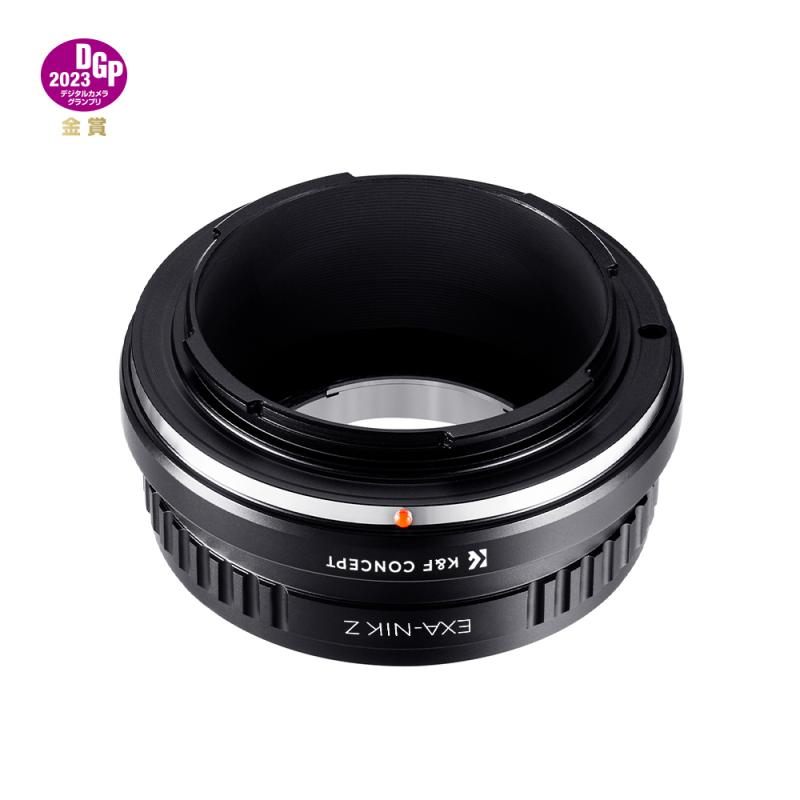


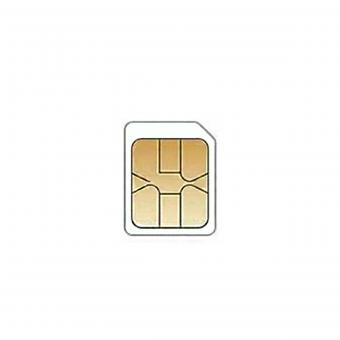

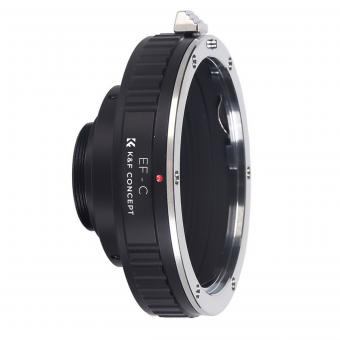
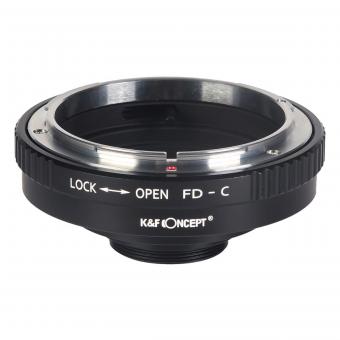
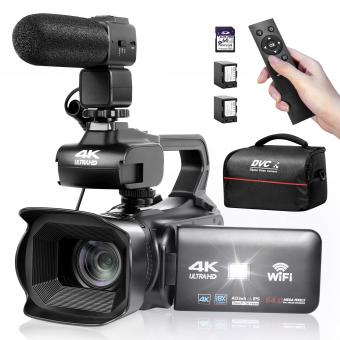

(1)-340x340.jpg)



